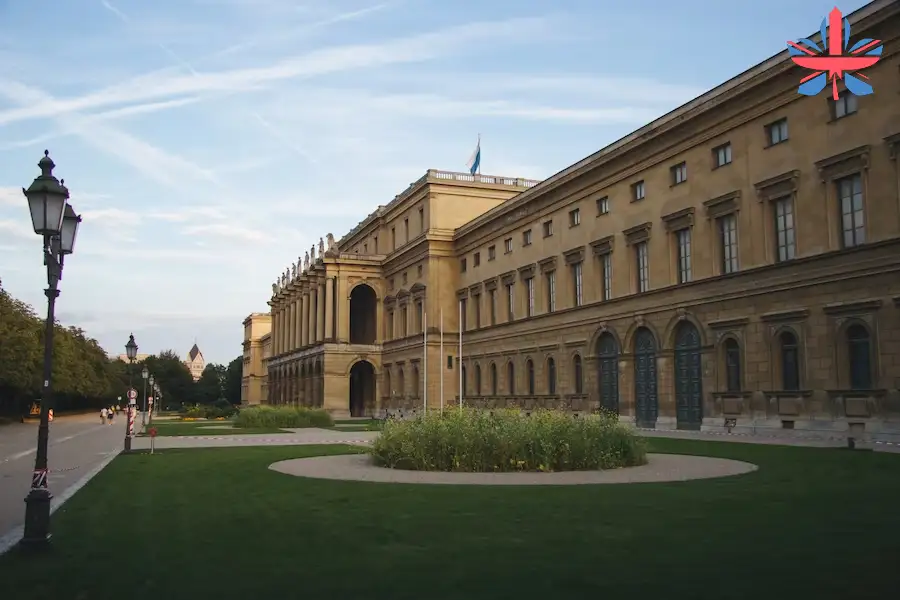A fascinating exhibition sheds light on the forgotten history of streets that were sacrificed to pave the way for Bradford University’s expansion. In a remarkable twist, University of Bradford’s archaeology students unearthed a Victorian street, dating back to 1880, hidden beneath the campus. These very streets were erased during the 1960s for the university’s growth, erasing a rich tapestry of terraced houses, schools, shops, and bustling businesses.
Fast forward to 2021, where an archaeological dig inspired Dr. Carole Binns from the University of Bradford to delve into the history of the neighbourhood. Her research initiative titled “Who Lived in a House Like This?” dives into life in the 1870s, 1880s, and the First World War era. Carole’s meticulous exploration spans 21 streets within the confines of Long side Lane, Carlton Street, Great Horton Road, and Shear bridge Road.
These streets weren’t just residential; they were hubs of enterprise. Drapers, confectioners, milliners, shoe sellers, and chemists thrived. Yet, it’s the unconventional professions that grab attention – shroud-makers, skep-makers crafting beehives, sausage artisans, tallow chandlers (candle-makers), and dry soap producers. These glimpses reveal a bustling community where trades and professions harmoniously coexisted.
From warehousemen and wool-staplers to mechanics, accountants, and doctors, the spectrum of occupations offers a window into the neighbourhood’s vibrant fabric. Dr. Binns eloquently describes the scene, “This was a small, industrious area, with people of various trades and positions living closely together in adjoining streets. There was mixed housing: back-to-back houses and terraces of varying sizes, with and without yards and gardens, and some larger villas. There would have been a mix of social classes, all passing each other in the street.”
From education at Carlton Street School to worship at Wesleyan Methodist Richmond Terrace Chapel, the community thrived. Pubs like Peel Hotel and Tumbling Hill Tavern were essential social connectors. Yet, the tumultuous First World War cast its shadow, altering the area’s fabric. Dr. Binns collaborated with Ray Greenhough from the Bradford Roll of Honour Group, revealing stories of sacrifice. Painstakingly documented were the number of houses in each street, enlisted men, and the fallen. “Several hundred men served in the war. This must have had a huge impact on the area. Many did not return,” reflects Dr. Binns. Sadly, Carlton Street School’s war memorial was lost in a 1949 fire.
Dr. Binns joined forces with Tricia Restorick from Bradford Mechanics Institute, Julie Parry from the University of Bradford’s archives, Bradford Museums & Galleries Archives, and the Yorkshire Film Archive. Today, her extraordinary research takes center stage at Bradford Mechanics Institute from September 4th to 8th, 10 am to 3 pm. A chance to connect with the echoes of the past, as the walls echo with stories of resilience, enterprise, and sacrifice.
Carole’s research not only celebrates the forgotten past but also urges us to remember that beneath every modern edifice lies layers of history that shape a community’s spirit. In the very heart of the city, the exhibit bridges eras, reminding us that even as we progress, the past remains etched in our present.

